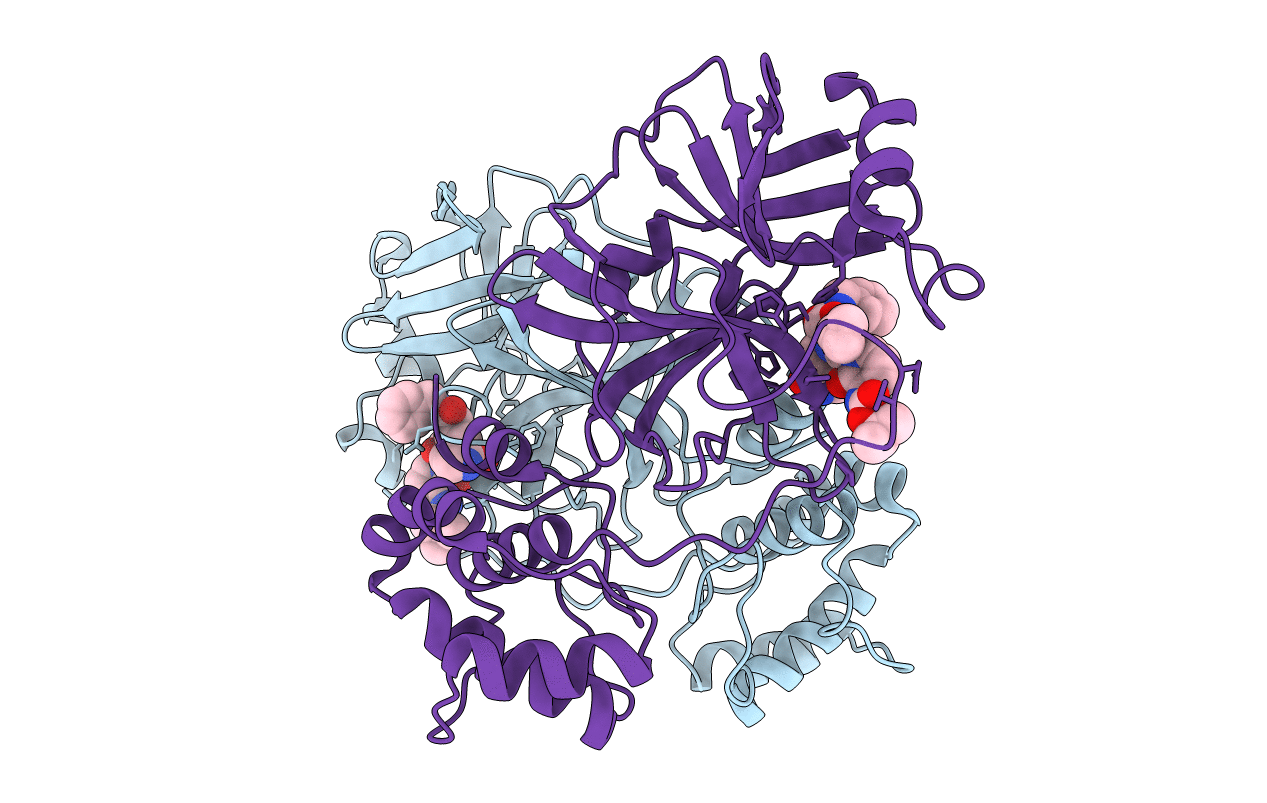
Deposition Date
2022-06-13
Release Date
2022-10-12
Last Version Date
2024-11-20
Entry Detail
PDB ID:
8A4T
Keywords:
Title:
crystal structures of diastereomer (S,S,S)-13b (13b-K) in complex with the SARS-CoV-2 Mpro
Biological Source:
Source Organism:
Host Organism:
Method Details:
Experimental Method:
Resolution:
2.50 Å
R-Value Free:
0.28
R-Value Work:
0.20
R-Value Observed:
0.21
Space Group:
H 3


